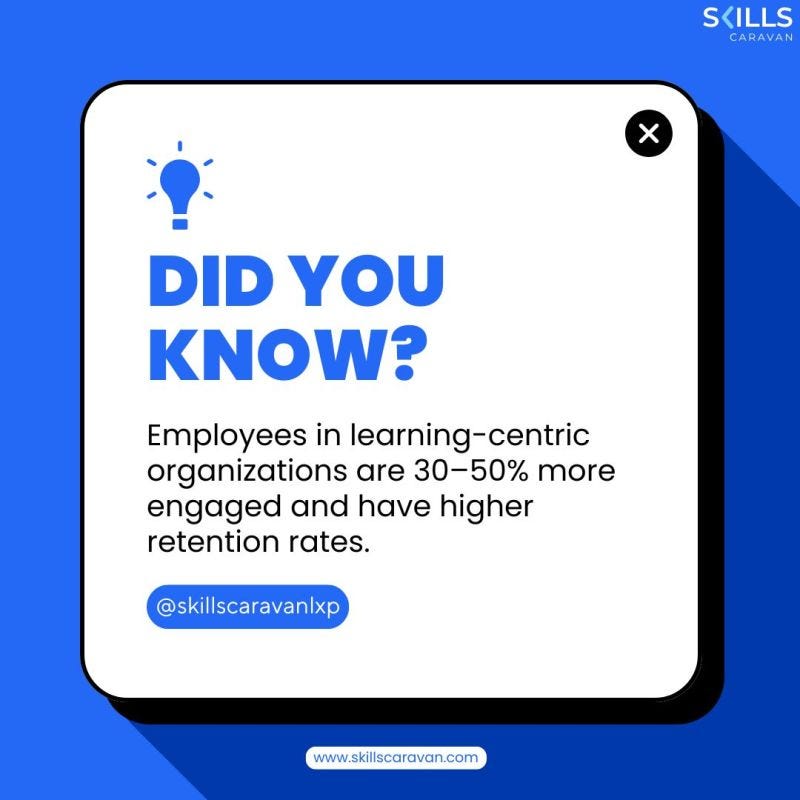How LMS Integration Tools Enhance Productivity and Reduce Training Costs
In the fast-paced digital age, businesses are constantly looking for ways to streamline operations and maximize returns on their investments. One of the most effective methods for enhancing workplace efficiency and cutting down on unnecessary expenditures is the use of LMS Integration Tools. Learning Management Systems (LMS) have already revolutionized corporate training. However, when paired with powerful integration tools, they become even more effective, enabling seamless connectivity, enhanced productivity, and reduced training costs.
🔍 What Are LMS Integration Tools?
LMS Integration Tools are software solutions or plugins that connect your Learning Management System with other platforms, tools, or databases. These integrations can range from connecting your LMS to HR systems, video conferencing tools, CRM platforms like Salesforce, or content repositories such as Google Drive or SharePoint.
Rather than using multiple disjointed systems, LMS integration tools help centralize learning activities, automate processes, and ensure data consistency across platforms.

💡 How LMS Integration Tools Enhance Productivity
1. Automation of Administrative Tasks
Manual data entry, repetitive enrollments, and user management tasks consume valuable time. LMS integration tools can automate these tasks by syncing user data from your HR software. For instance, when a new employee joins, their profile can be automatically created in the LMS, and relevant training modules can be assigned based on their role.
This automation eliminates human error and allows L&D teams to focus more on content development and learner engagement.
2. Seamless Access to Learning Resources
When integrated with content libraries or document storage platforms, LMS integration tools provide users with instant access to learning materials. Whether it’s a video tutorial on Zoom or a PDF guide in Google Drive, learners no longer have to waste time switching between platforms.
Unified access improves knowledge retention and keeps employees focused on learning instead of logistics.
3. Improved Reporting and Analytics
Integration with business intelligence tools and HR analytics software can help organizations measure training effectiveness in real-time. LMS integration tools allow you to pull data from multiple systems and visualize insights such as course completion rates, time spent on modules, or skill progression.
These analytics enable faster decision-making and ensure training programs are aligned with business goals.
4. Personalized Learning Experience
With integration into CRM or performance management systems, LMS tools can deliver personalized learning paths tailored to each employee’s job role, performance data, and skill gaps.
Such personalization increases engagement, motivation, and productivity by aligning learning with individual and organizational needs.
💰 How LMS Integration Tools Reduce Training Costs
1. Reduced Time-to-Competency
Integrated LMS platforms deliver learning in real-time, enabling employees to apply skills immediately. When LMS integration tools provide content based on job roles or current projects, employees become productive faster — saving money on prolonged onboarding and training cycles.
2. Lower Content Development Costs
By integrating with third-party course providers like Coursera, LinkedIn Learning, or Udemy, organizations can access high-quality content without developing everything in-house. This dramatically cuts the cost of training content production while still offering variety and depth.
3. Efficient Resource Allocation
LMS integration tools help managers identify which training programs yield the highest ROI. By tracking learner data and engagement levels, businesses can eliminate low-impact courses and focus their budget on high-value learning.
4. Minimized IT Support Costs
A well-integrated LMS reduces the number of platforms your IT team needs to maintain. It also cuts down on user confusion and support requests, freeing IT teams to focus on core infrastructure rather than training issues.
🔄 Examples of Common LMS Integrations
- HR Systems (e.g., SAP, Workday) — For automatic user provisioning and learning compliance tracking.
- Video Conferencing Tools (e.g., Zoom, Microsoft Teams) — To conduct live training sessions without leaving the LMS.
- Single Sign-On (SSO) Platforms — Simplifies login processes and enhances security.
- CRM Systems (e.g., Salesforce) — Aligns customer training and sales enablement with learning metrics.
- Content Repositories (e.g., SharePoint, Google Drive) — For storing and managing learning materials centrally.
🚀 Real-World Impact of LMS Integration Tools
Let’s consider a multinational company that onboarded over 5,000 employees annually. Before integration, onboarding took nearly 3 weeks, with scattered resources and heavy manual coordination. After implementing LMS integration tools:
- Onboarding time was reduced by 40%
- HR workload dropped by 60% due to automation
- The company saved over $500,000 annually in training costs
Such transformations showcase the measurable value LMS integration tools bring to organizations at scale.
✅ Choosing the Right LMS Integration Tools
When selecting integration tools for your LMS, consider the following:
- Compatibility: Ensure the tool is compatible with your existing tech stack.
- Scalability: Can the integration grow with your business needs?
- Support & Documentation: Look for tools with strong customer support and robust documentation.
- Security: Data protection should be a top priority, especially if integrating with sensitive HR or financial systems.
🧭 Final Thoughts
The power of LMS Integration Tools lies in their ability to unify systems, reduce manual tasks, and provide real-time insights — all of which significantly boost productivity and lower training expenses. For organizations aiming to scale efficiently, investing in the right LMS integrations isn’t just a tech upgrade — it’s a strategic decision that impacts performance, engagement, and the bottom line.
As the future of work continues to evolve, the role of smart integrations in learning ecosystems will only grow stronger. Don’t let your LMS work in a silo — supercharge it with integration tools and unlock its full potential.

Comments
Post a Comment